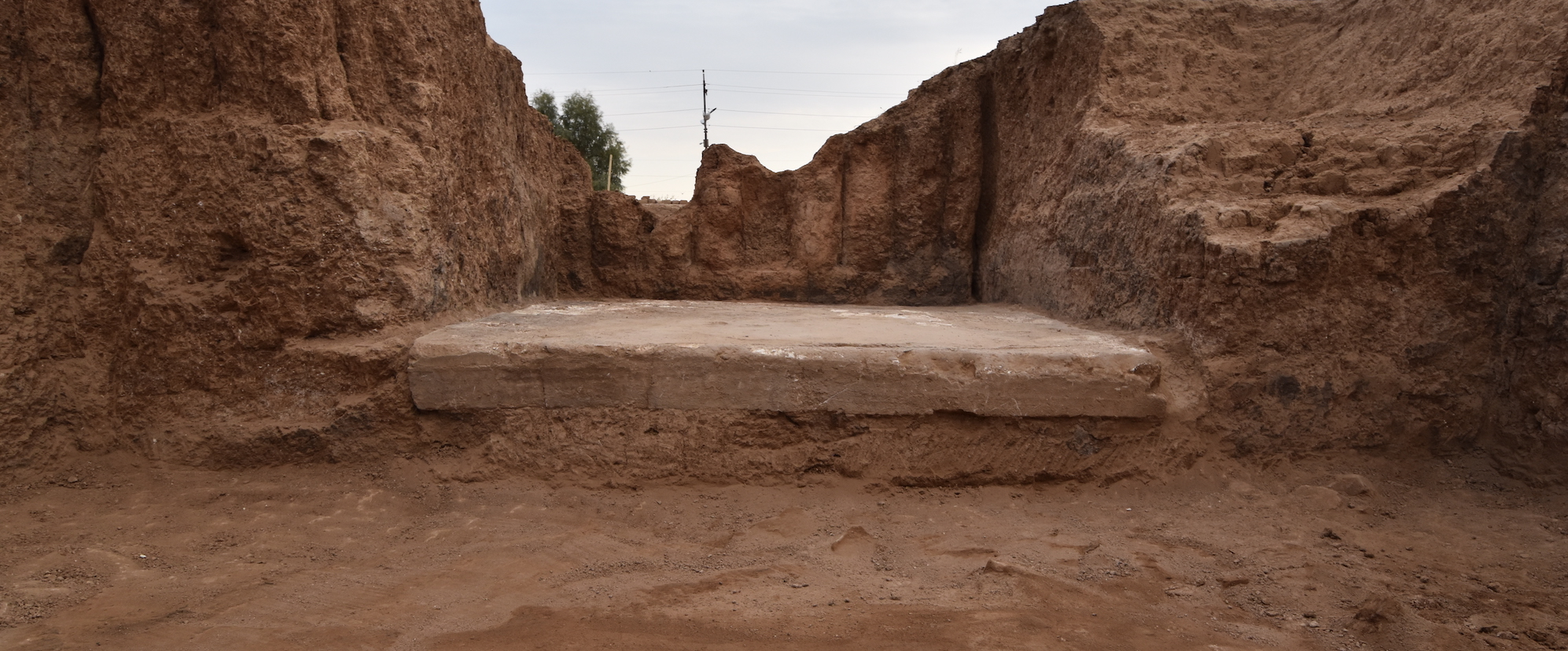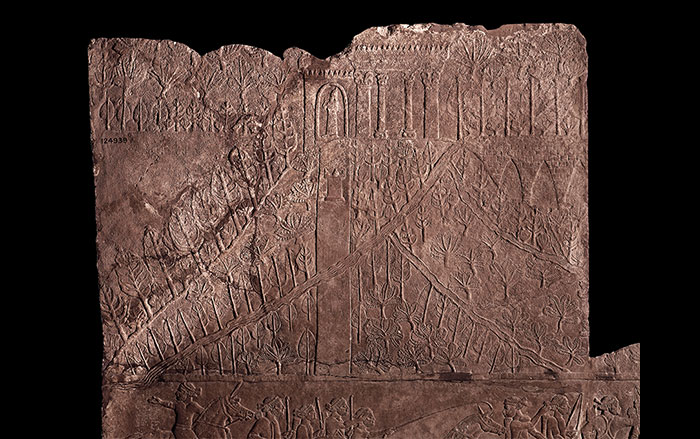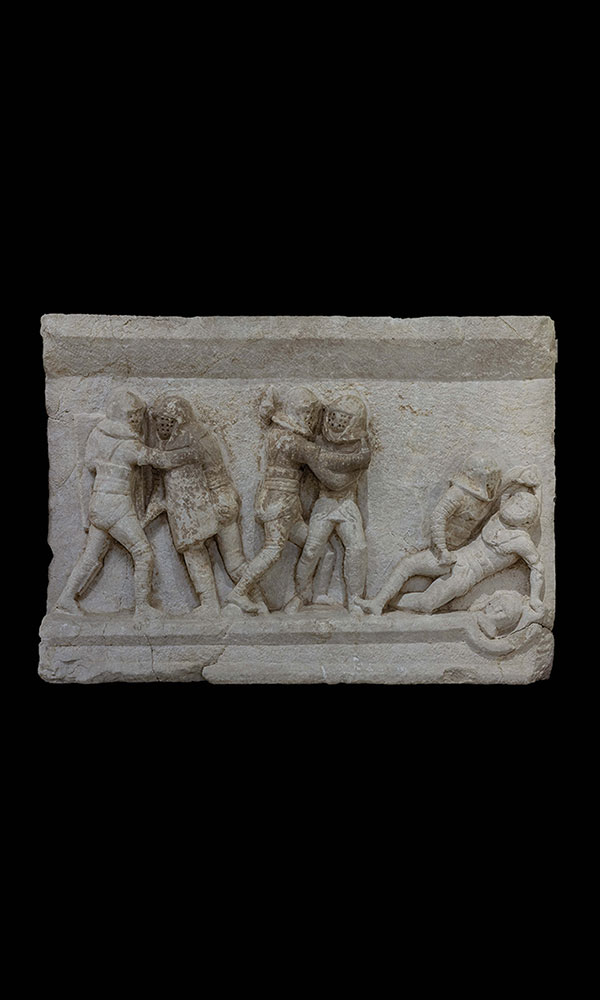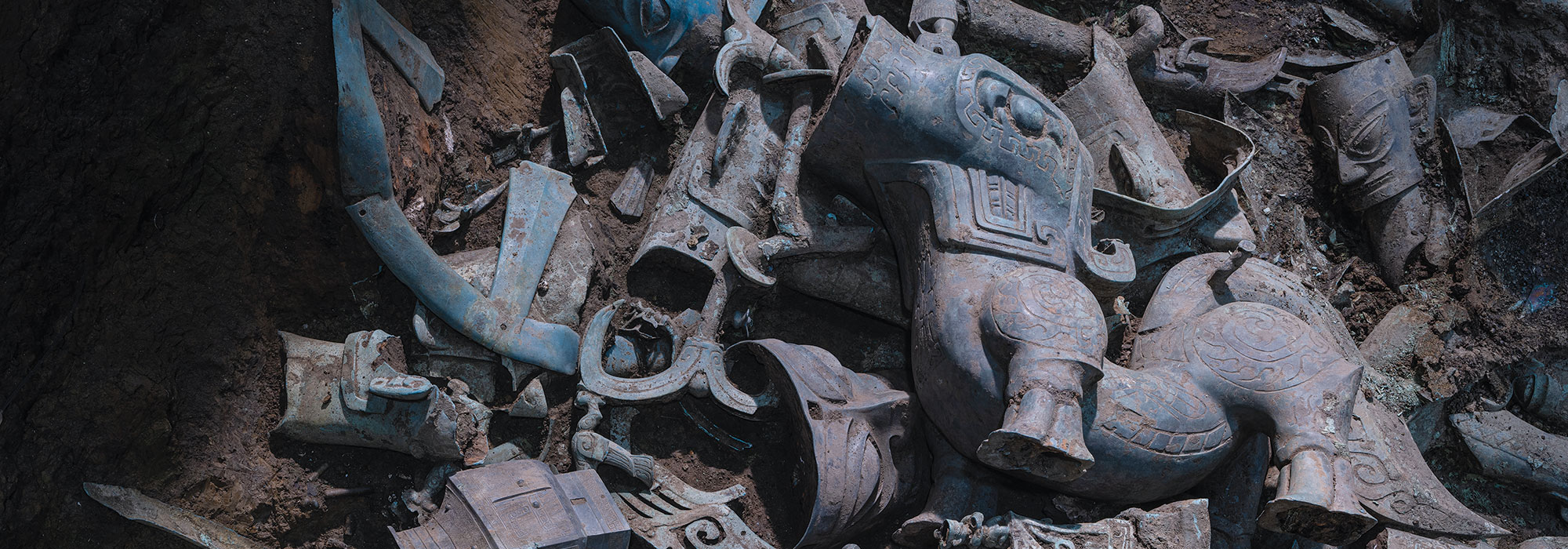
PHILADELPHIA, PENNSYLVANIA—Newsweek reports that researchers from Penn Museum’s Nimrud Project have discovered two shrines at the Ninurta Temple, which was constructed in the Assyrian city of Nimrud during the reign of King Ashurnasirpal II, who ruled from 883 to 859 B.C. The temple is thought to have been burned by invaders from Babylonia and Media sometime between 614 and 612 B.C. The larger of the two shrines contains a monumental stone dais bearing a cuneiform inscription that once supported a statue of a god or goddess. The smaller shrine also contains a dais that appears to have been damaged in antiquity. “The condition and distribution of artifacts strongly suggest that the shrines and associated treasures were looted and intentionally damaged by the Babylonians and Medes before being set ablaze,” said Michael Danti of the University of Pennsylvania. The excavation also uncovered cuneiform inscriptions on clay tablets describing the temple’s economic activities. To read about plant DNA extracted from a brick excavated at Ashurnasirpal's palace in Nimrud, go to "Ancient DNA Revolution: Modeling Assyrian DNA."












